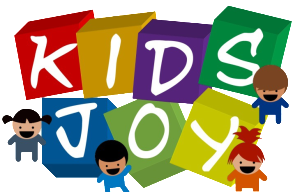If the answer is ‘5’, what might be the questions? Here are some ‘answers’..
What does four and one make? What is thirty-three take away twenty-seven plus one? How many burfees do you want? I reached my grandmother’s house on Sunday and I left on Thursday. How many days did I spend there? A, B, C came. Then E, F, G, H joined them. Then A and G left. Then G came back, and B went away. How many were left finally?
If the answer is, ‘It was red’, what might be the questions?
What was the colour of the flower? Why did you put the letter into that box? Why did she stop so suddenly at the traffic?
Learning takes place through interactions with the environment around, nature, things and people, both through actions and through language. The context in which learning takes place is thus of direct cognitive significance
Very often teachers insist that all children must give identical answers to questions. We must ask ourselves why we only ask children to give answers to questions. Even the ability to make a set of questions for given answers is a valid test of learning.
Teachers need to understand how to plan lessons so that children are challenged to think and to try out what they are learning, and not simply repeat what is told to them. In the name of ‘activities’ and ‘play way’ methods, a lot of learning is being diluted by giving children things to do that are far below their capability.
There are three learning styles:
- Looker
- Listener
- Mover
- Lookers : Visual learners, excellent eye-hand co-ordination- attracted to puzzles, blocks, cutting, pasting, drawing, printing, art & craft, TV, board games.
- Listeners: Auditory learners preference for sounds and words. Tend to be early talkers and posses very elaborate vocabularies. Soothed by music and familiar sounds, imitate sounds, love to sing, recite songs, clear precise speech, love to read, able to follow instructions, quick to memorise.
- Movers: Tacticle learners, hands-on learning through touch and movement. Large muscle activity involving arms, hands, legs and feet. Soothed by rocking and cuddling, early walkers. Love riding, climbing, jumping, Take more physical risk than others. Emotional lot, quick to anger and glee. Their needs are immediate and willingness to pursue difficult tasks almost nil.


Recent Comments